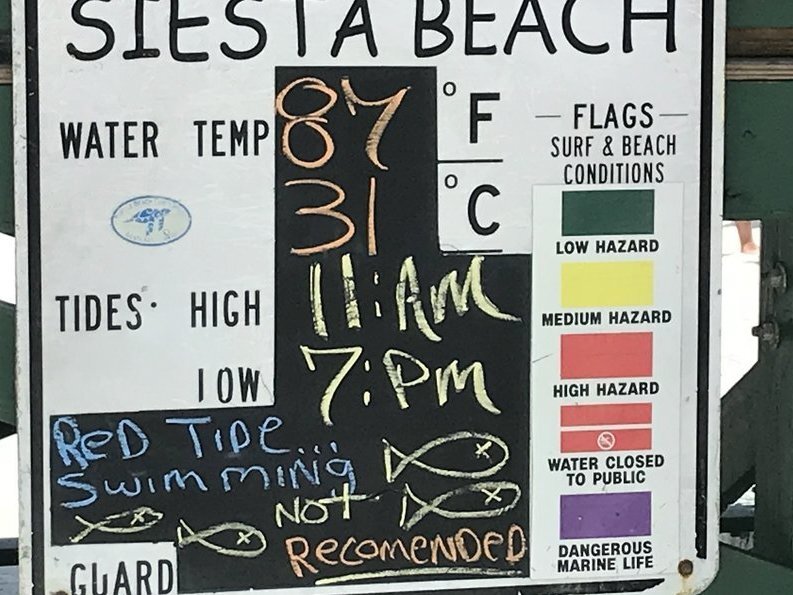In the
U.S,
President Trump recently declared a state of
national emergency and called for building a wall along the 2,000-mile stretch of the
U.S-Mexico border in an effort to tackle the issues of
illegal immigration and
drug trafficking. His decision was met with severe criticism from both
Republicans and
Democrats, who called the move "unconstitutional." The reason is because the wall happens to cut into properties of private landowners living along the border. But it is not just politicians, who have expressed disapproval of the border wall.
Environmentalists have also voiced their criticism, arguing that the wall could harm
wildlife corridors and the delicate desert terrain. Environmentalists like the
Tucson-based
Center for Biological Diversity have been filing lawsuits challenging the government's authority to renounce environmental regulations for more than ten years with most of the attempts having failed. But now, the Center has joined forces with two other
conservation groups in a
new lawsuit against the national emergency. Although
Customs and Border Protection (CBP) insisted that it carries out all essential research and surveys to include environmental clearances before starting any construction to avoid any possible impact on sensitive locations, conservationists are still doubtful and frustrated. For example, Kevin Bixby of the
Southwest Environmental Center, stated that any big structure that would prevent the movement of wildlife is a wall.
Much of the new wall construction is anticipated along the
Rio Grande River in
Texas. The CBP stated that it has employed local, state, federal, and non-governmental organizations to "identify and address potential impacts of cultural, historical, and natural resources that may be within planned barrier alignment in the
Rio Grande Valley." However, the new border fencing in the valley could cut through significant floodplains.
Josiah Heyman, director of the
Center for Inter-American Border Studies at
University of Texas in El Paso, pointed out that the fence-wall would block the water's movement and thus form a dam. He further added that a border wall built in 2008 in parts of
Arizona led to monsoon floodwaters building up behind it and pouring into the city of
Nogales in
Mexico. This means that something similar could happen on both sides of the U.S-Mexico border in the Rio Grande Valley, especially if a hurricane blows in from the
Gulf. According to a newly signed
border security bill, some environmental sites in
South Texas such as the
National Butterfly Garden and
Santa Ana National Wildlife Refuge were particularly protected. However, it is unclear what might happen to those sites now that national emergency has been declared.
 |
| The Mexican wolf is one of many endangered species that lives in the vicinity of the U.S-Mexico border. |
I strongly agree that the construction of the wall along the U.S-Mexico border can have serious drawbacks. Not only would this barrier cut into properties of private landowners in the area, but it would impede the movement of wildlife and harm eco-sensitive zones. There is a wide variety of animals that live in the vicinity of the U.S-Mexico border and many of which whose home ranges cover both the countries. These animals include
pumas,
coyotes,
peccaries, and even
endangered species like
Mexican wolves,
ocelots,
jaguarundis, and
jaguars. While the wall may keep out illegal immigration and prevent drug trafficking, it would hinder the movement of these animals from U.S to Mexico and back. Furthermore, some parts along the border function as crucial wildlife corridors and there are eco-sensitive zones where these animals either live or have been sighted. In addition, the wall can also have a devastating impact on the environment on either side of the border. This was seen in 2008 when monsoon floodwaters built up behind a border wall in Arizona and poured into Nogales in Mexico. It should be strongly noted that a similar incident can happen in other areas along the border, especially where the Rio Grande River and other major bodies of water are located. I firmly believe that Customs and Border Protection should join forces with conservation and enviromental groups and try to come up with an alternative to safeguard the U.S-Mexico border. Instead of simply building a wall along the border, the CBP should help closely monitor eco-sensitive zones and wildlife corridors for any signs of intrusion in the form of drug traffickers and illegal immigrants. I strongly urge the CBP to handle the issue of illegal immigration as humanely as possible because the people involved consist of families fleeing from the violence and bloodshed plaguing their home country(s). Such atrocities could be related to the drug trade, which the U.S has constantly been battling for decades. Drug traffickers, on the other hand, should be dealt with swiftly and severely because they have absolutely no regard for life and would do anything to ensure that their illicit means of making money goes uninterrupted. If that means killing an endangered species like a Mexican wolf or a jaguar, they will do it without hesitation. This is why I strongly urge the CBP and various environmental and conservation groups to join forces together in protecting the U.S-Mexico border to ensure that both people and wildlife are safe from harm.
View article here







